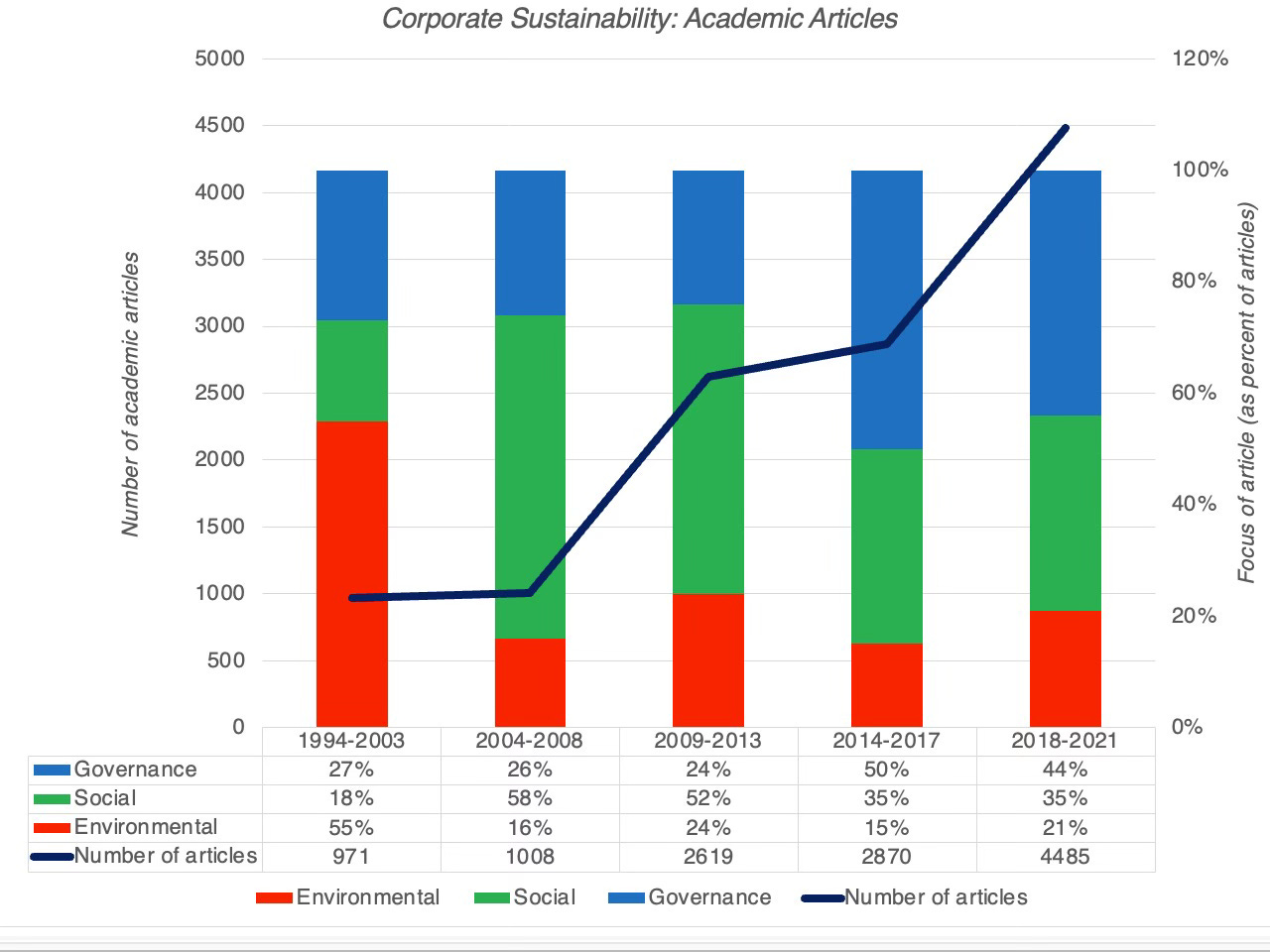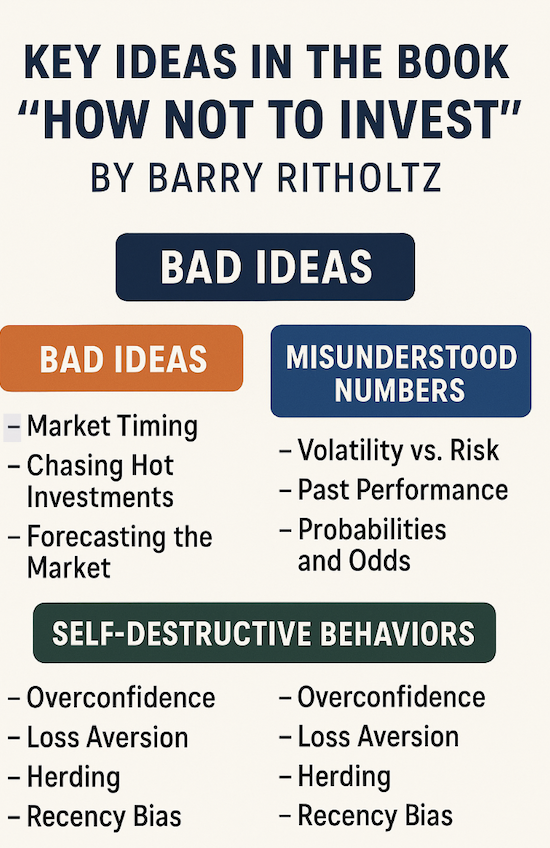More Bad News Coming From Ford on May 5th
Automakers are navigating a complex landscape, with tariffs, shifting consumer demand, and technological transitions shaping the fortunes of major players like Ford (NYSE:F). As the auto giant prepares to report first-quarter earnings on May 5, investors are eager to see how the company will balance its strengths in traditional vehicles with the challenges of electric […] The post More Bad News Coming From Ford on May 5th appeared first on 24/7 Wall St..

Automakers are navigating a complex landscape, with tariffs, shifting consumer demand, and technological transitions shaping the fortunes of major players like Ford (NYSE:F). As the auto giant prepares to report first-quarter earnings on May 5, investors are eager to see how the company will balance its strengths in traditional vehicles with the challenges of electric vehicle (EV) adoption and new trade policies.
President Trump’s tariffs on auto imports and parts, a softening EV market, and broader economic pressures like the 0.3% GDP contraction in Q1 create a turbulent backdrop. Ford’s performance is a bellwether for the industry, reflecting both its ability to adapt to policy shifts and its progress in electrification.
While analysts see some bright spots, Ford is likely to deliver a disappointing earnings report, driven by cost pressures and its ongoing EV struggles.
A rise before the fall
Ford’s earnings are expected to present a mixed picture, with revenue likely surpassing Wall Street’s consensus, but profitability falling short. Analysts project Q1 revenue around $35.8 billion versus the $39.9 billion it reported in the year-ago period.
Its overall U.S. sales in April rose a healthy 16%, driven by robust demand for its trucks, with F-series and Maverick models climbing 23% to 99,954 units, according to Reuters. However, a lot of the increase may just be buyers rushing in ahead of tariffs.
This strength in the traditional vehicle segment, particularly pickup trucks, which remain the cornerstone of Ford’s identity, suggests the company could exceed revenue expectations. Additionally, Ford’s hybrid sales surged 30% for the month, reflecting consumer preference for fuel-efficient alternatives amid high gas prices and EV hesitancy. Buyers just aren’t ready to fully give up their gas-powered vehicles.
The Ford Pro commercial segment, which caters to businesses, also offers a bright spot as it is a high-margin business that underscores Ford’s ability to diversify revenue streams and could provide a buffer against other weaknesses.
Towing a heavy anchor
However, Ford’s EV segment remains a significant drag on its outlook. April saw EV sales plummet 40% year-over-year, with Mustang Mach-E sales down 40% and F-150 Lightning sales down 17%, though Ford attributes the dropoff to model year changeovers and low dealer inventory. CEO Jim Farley says EV sales should rise again in May. The broader EV market, though, continues softening, with new EV sales market share dropping to 6.8% in March, according to Cox Automotive.
Yet Ford’s EV losses are substantial. It projects losing as much as $5.5 billion in 2025, on top of the $5.1 billion loss last year. These losses will likely compress Ford’s margins, making it challenging to meet earnings per share expectations. It was able to beat Wall Street’s earnings estimates in the fourth quarter, but it faces greater pressure now.
In a safer space
Tariff-related cost further cloud Ford’s earnings outlook. While it did get a reprieve from Trump’s 25% tariffs on light-vehicle imports and auto parts tariffs that were set to go into effect, but have now been exempted, Farley says prices are going to rise eventually, regardless.
In the interim, though, Ford is extending its employee pricing for customers through July 6. Inevitably, the strains will reduce its profitability despite whatever revenue gains it makes.
Ford also faces a tougher pricing environment, with industry pricing expected to drop 2% in 2025. Rising competition in EVs from Tesla (NASDAQ:TSLA), General Motors (NYSE:GM), and Hyundai, combined with labor cost increases after union strikes, will further strain Ford’s bottom line.
Despite these challenges, Ford is arguably better positioned than most of its peers to deal with them. As Farley recently crowed, “Ford is the most American company. We make 80% of what we sell in the U.S. here. And so the tariffs, for us, are a bit different than the [auto] industry.”
Key takeaways
Ford’s May 5 earnings are likely to offer up the proverbial mixed bag, despite strong performances from trucks, hybrids, and Ford Pro. The 40% EV sales drop, $5.5 billion projected EV losses, and tariff-driven cost increases will pressure margins, overshadowing any revenue gains.
The automaker will soften the blow a bit for income investors with a dividend currently yielding 7.4% annually. And because its payout ratio stands around 41%, it remains safe with the possibility of future increases.
The first quarter report won’t be as pretty as investors might want, but Ford’s diversified portfolio provides some resilience. Ford stock trades at a significant discount, but that’s unlikely to change quickly until the trade war is settled. While this could be a good time for patient investors to buy ahead of the coming rebound, the bad news that will settle on the automaker next week makes it prudent to wait.
The post More Bad News Coming From Ford on May 5th appeared first on 24/7 Wall St..







































































































































































